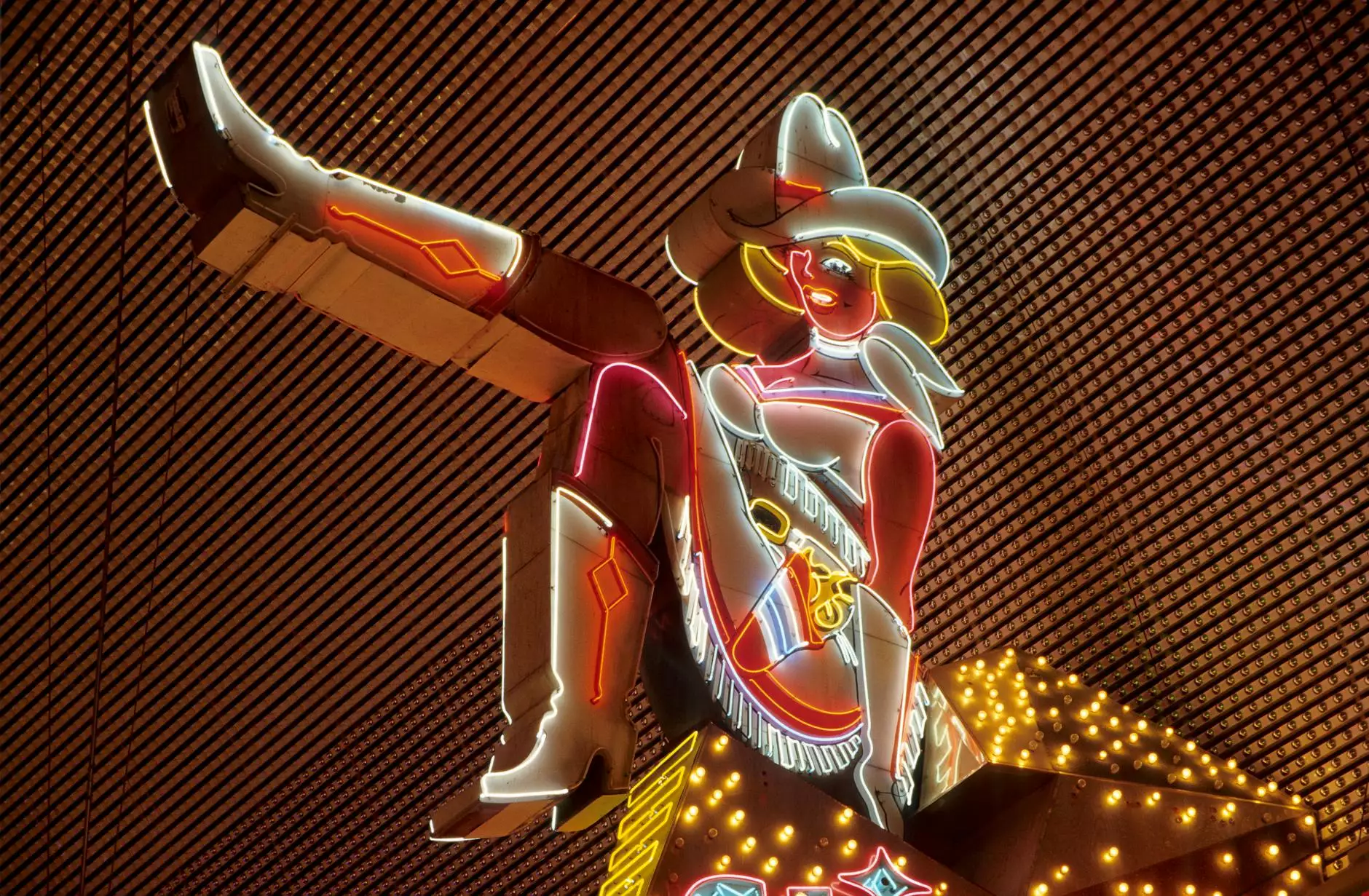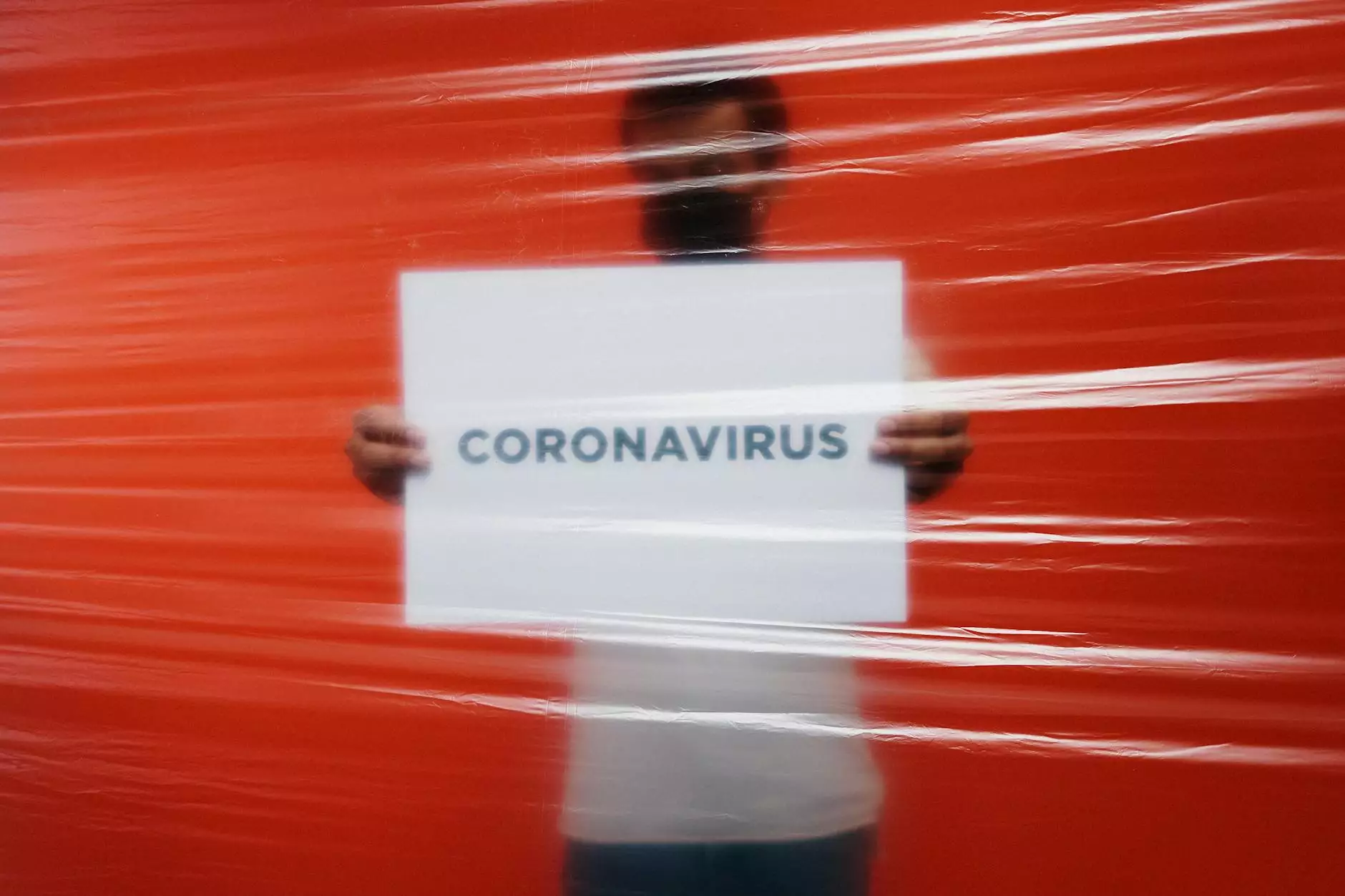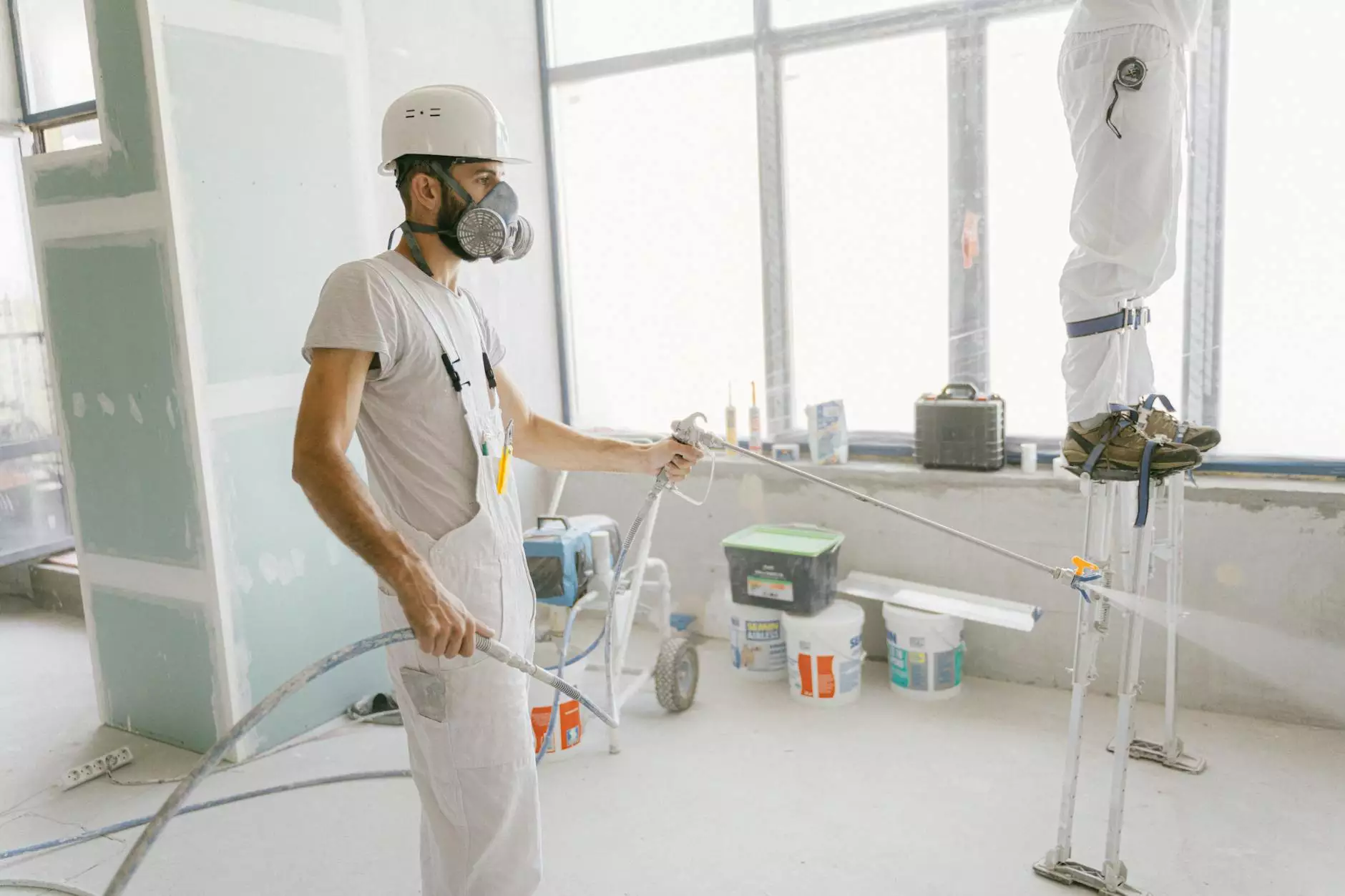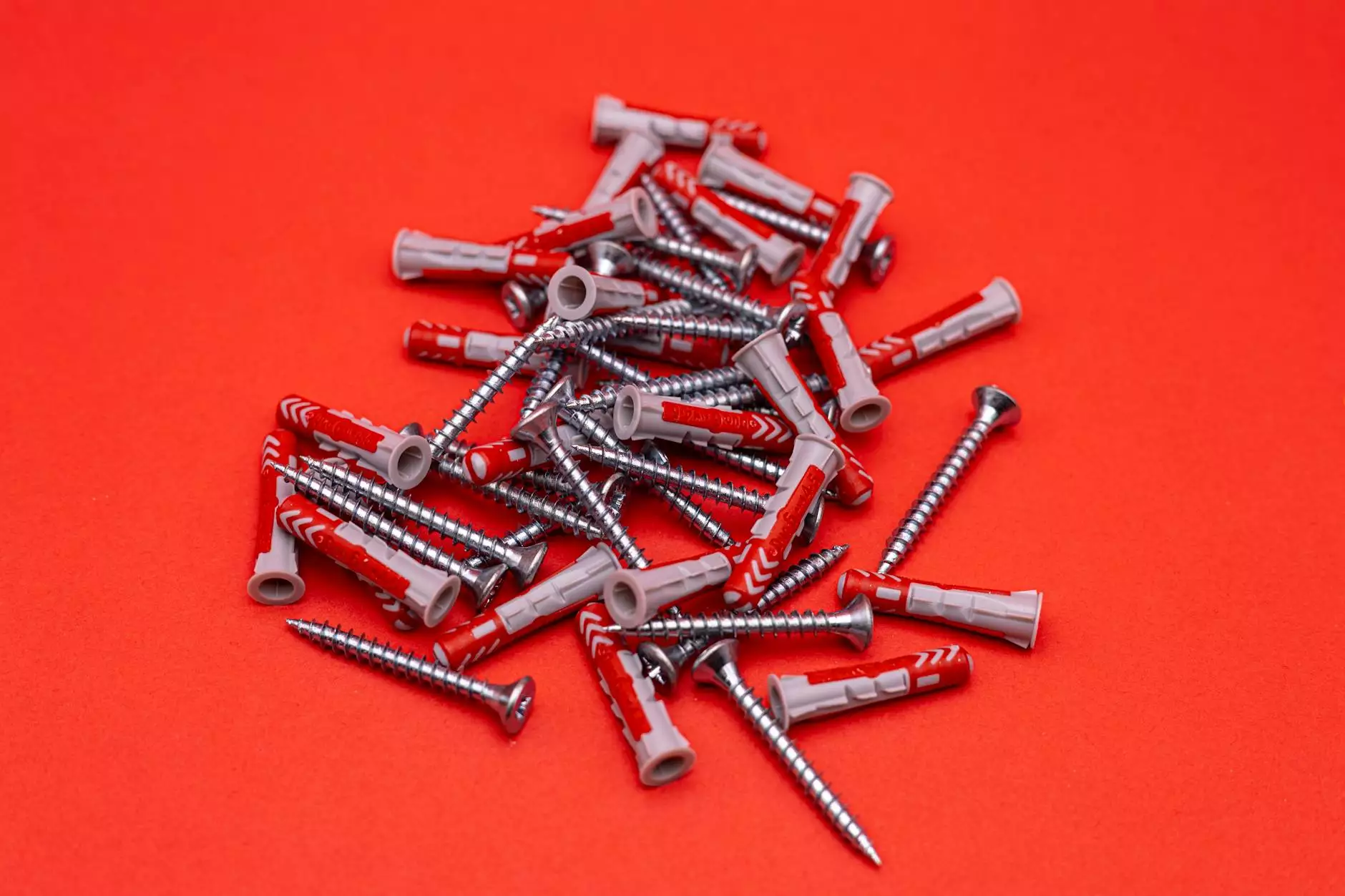The Ultimate Guide to Playground Rubber Tiles
Playground rubber tiles have revolutionized the way we design, construct, and maintain safe play environments for children and adults alike. These tiles are not just ordinary flooring options; they serve a vital role in ensuring safety, providing comfort, and enhancing the aesthetic appeal of playgrounds, gyms, and home gardens. In this comprehensive guide, we will delve into what playground rubber tiles are, their benefits, specifications, and much more. Our goal is to equip you with all the necessary information to understand why these tiles are an essential investment for any playground or gym.
What are Playground Rubber Tiles?
Playground rubber tiles are made from a variety of rubber materials, primarily recycled rubber from tires, which is processed and manufactured into thick, flat tiles. These tiles are designed to absorb impact, making them ideal for use in areas where safety is paramount. They are available in numerous colors, sizes, and thicknesses, allowing for customization to fit any playground or gym layout.
Benefits of Playground Rubber Tiles
The benefits of installing playground rubber tiles are numerous and significant. Here are some of the key advantages:
- Safety: The primary benefit of playground rubber tiles is their ability to provide a safe surface for children to play on. They cushion falls, reducing the risk of injuries.
- Durability: These tiles are made to withstand heavy foot traffic, harsh weather conditions, and various environmental factors. They can last for many years with minimal maintenance.
- Eco-Friendly: Most playground rubber tiles are made from recycled materials, making them a sustainable choice for environmentally conscious consumers.
- Easy Installation: Playground rubber tiles can often be installed quickly and with relative ease, minimizing project downtime.
- Design Flexibility: Available in various colors and styles, these tiles can be integrated into any design scheme, elevating the look of the play area.
- Easy Maintenance: The non-porous nature of rubber tiles means they are easy to clean and maintain, ensuring a hygienic environment for play.
Specifications of Playground Rubber Tiles
When considering playground rubber tiles, it's essential to understand their specifications to choose the right type for your needs. Here are some common specifications:
- Thickness: Playground rubber tiles typically range from 1 inch to 4 inches thick, with thicker tiles offering greater shock absorption. The recommended thickness largely depends on the height of the play equipment.
- Size: The tiles usually come in standard sizes, such as 2x2 feet or 2x4 feet, allowing for various layout options.
- Color Options: Many manufacturers offer a wide palette of colors, even options for custom colors to match specific themes.
- Textured Surfaces: Textured tiles are also available to enhance traction, providing additional safety in wet or slippery conditions.
Types of Playground Rubber Tiles
There are several types of playground rubber tiles available, each designed for specific applications. Understanding these types helps you make an informed decision:
- Interlocking Tiles: These tiles fit together like puzzle pieces, making installation a breeze. They are perfect for DIY projects.
- Standard Tiles: These are typically square or rectangular tiles that require adhesive for installation. They are very durable and often used in commercial settings.
- Drainage Tiles: Specifically designed for areas that require water drainage, these tiles prevent pooling and ensure safety when wet.
How to Choose the Right Playground Rubber Tiles
Selecting the right playground rubber tiles involves several considerations:
1. Assess the Area and Usage
Consideration of who will be using the space is crucial. Will it be primarily for young children or older children? If adults are also using the area (as in gyms), contemplate the weight and traffic levels.
2. Safety Standards
Ensure the tiles comply with safety standards set by organizations like the Consumer Product Safety Commission (CPSC). Look for certifications regarding fall height and impact absorption.
3. Aesthetic Preferences
Depending on the theme of your playground or garden, choose tiles that will enhance the overall look. With the wide variety of colors and patterns available, achieving the desired aesthetic is possible.
4. Budget Considerations
Having a budget in mind will help narrow down options. While seeking cost-effective solutions is essential, prioritize safety and durability over price alone.
Installation Process for Playground Rubber Tiles
The installation of playground rubber tiles may vary slightly based on the type and intended use. However, a general process includes the following steps:
- Preparation of the Area: Clear the area of any debris, vegetation, or old flooring.
- Ground Leveling: Ensure the ground is level and compact. This can involve grading or laying down a base material.
- Laying Out Tiles: Lay the tiles in the desired pattern, ensuring you account for interlocking or standard adhesives as needed.
- Securing the Tiles: For standard tiles, apply adhesive according to the manufacturer's instructions. For interlocking tiles, ensure they fit snugly together.
- Finishing Touches: Check for any edges that might need trimming and ensure the surface is even.
Maintenance of Playground Rubber Tiles
Maintaining playground rubber tiles is straightforward but essential for long-term performance:
- Regular Cleaning: Sweep or use a vacuum to remove dirt and debris. A garden hose can wash off more significant soiling.
- Inspect for Damage: Regularly check for any signs of damage or wear, particularly in high-traffic areas.
- Address Issues Promptly: If you notice any tiles shifting or damage, take immediate action to fix it to maintain safety.
Applications Beyond Playgrounds
While playground rubber tiles excel in play environments, their applications extend beyond playgrounds:
- Gyms and Fitness Centers: They provide excellent support and cushioning for exercise activities, helping to reduce fatigue and injury risk.
- Home Gardens: Use rubber tiles in gardens or patios, creating safe areas for children to play while enhancing the garden's appearance.
- Sports Facilities: Many sports facilities utilize these tiles for walking tracks, skating rings, or multipurpose courts due to their versatility and durability.
Conclusion
Playground rubber tiles are not just a luxury; they are a necessity for creating safe, durable, and visually appealing play and workout areas. Their multitude of benefits, from safety to eco-friendliness, makes them an outstanding choice for architects, designers, and homeowners. Whether for a public playground, a private gym, or even a home garden, playground rubber tiles provide the foundation for fun and fitness that fosters a healthy lifestyle for all ages. Explore the variety of options at flexxerrubber.com and discover how you can enhance your recreational spaces today!






